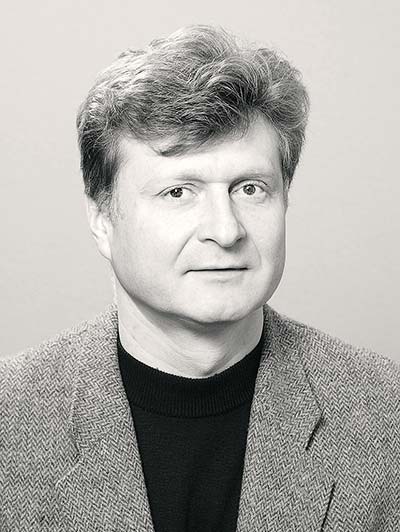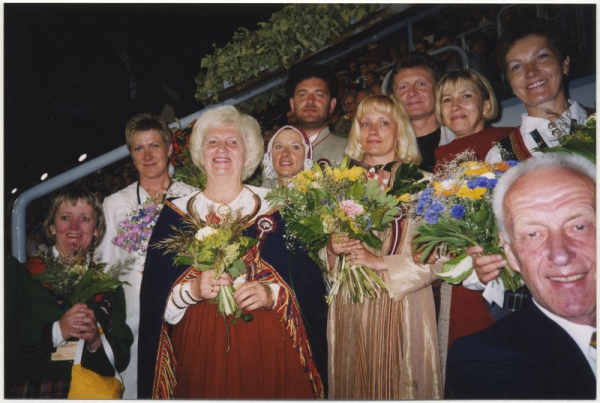Jānis Ērglis
1962
Dancer, choreographer
Born 17 November 1962 in Valmiera. Studied at Heroic Secondary School No 11 in Valmiera (1970–1981). His love of dance came from dancing with the school dance group led by Ieva Adāviča and the Gauja dance group led by Vaira Kraukle (Dundure, 1977–1981).
The young artist purposefully chose the Choreography Department of the Latvian State Conservatoire (1981–1989) to further his education Has also danced in the Daile (Beauty) State dance ensemble led by Uldis Žagata, later becoming its ballet master (from 1991) and artistic director (1993–1997). With Daile, staged many brilliant original choreographies and three one-act productions: Tik uz laukiem (To the Country), the folk ballet Kaķīša dzirnaviņas (The Cat’s Water Mill) and Ziemassvētki sabraukuši (It’s Christmas). In cooperation with Salacgrīva dancers, created the Skroderdienas Silmačos (The Tailor Comes to Silmači) concert programme, but choreographed the tale Turaidas roze (Rose of Turaida) for the Gundega folk-dance ensemble.
Over the same period, Ērglis led the children’s dance group at Secondary School No 25 (1992–1996), the Sprigulītis (Little Flail) folk-dance group (1997–1999) and the Teiksma (Legend) folk-dance group. His ensembles have staged brilliant concert programmes and won awards at numerous dance competitions and festivals.
The choreographer has composed some 200 new dances, many having taken prizes at dance competitions and been staged in Dance-celebration concerts – Hei, kovboj (Hey, Cowboy), Divi divi, kas tie divi (Two Two, which Two), Aizputes dancis (Aizpute Dance), Reilenders, Krustami dejami, krustami lecami (We Danced Across, Leapt Across) and many more. In 2002, dancers recognised Ērglis’ composition Kreicpolka as the most popular dance in Latvia. The artist draws on the traditions of Latvian folklore as well as in everyday moments for ideas for new works.
“You might say that I notice interesting steps and movements in different situations. For example, when I was young, it was very interesting to watch people at dances. I will not hide that many sequences of steps have come by observing people and then rethinking them in a more professional way. Although I now mostly base myself in experience and knowledge, creative observations continue, I couldn’t do without them.” (Dance is the miracle of our people. Valmiera.lv. 21 April 2017)
A Chief choreographer at the 10th and 13th - 17th Dance Celebrations, at the 7th and 8th Latvian Schools’ Song and Dance Celebrations, and at the Rīga-800 Festival, Artistic Director and Director of the opening and closing concerts of the 41st Europeade Festival of European Folk Art and Culture, Chief choreographer for Saldus (1990–1993) and Limbaži (1993–1998) District dance groups.



















